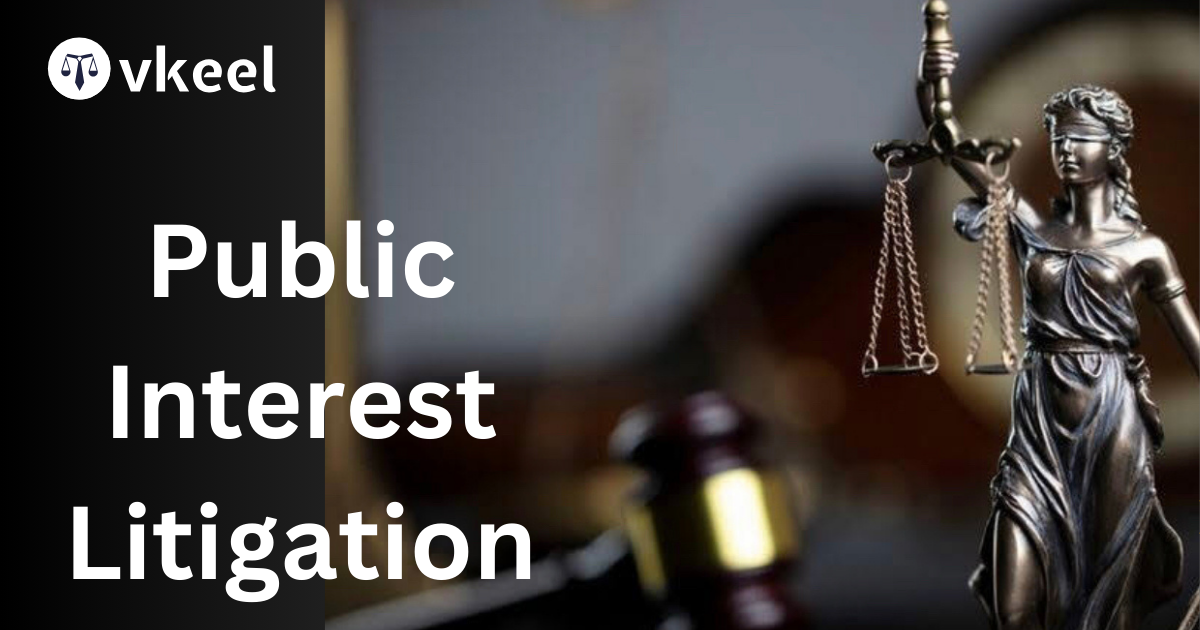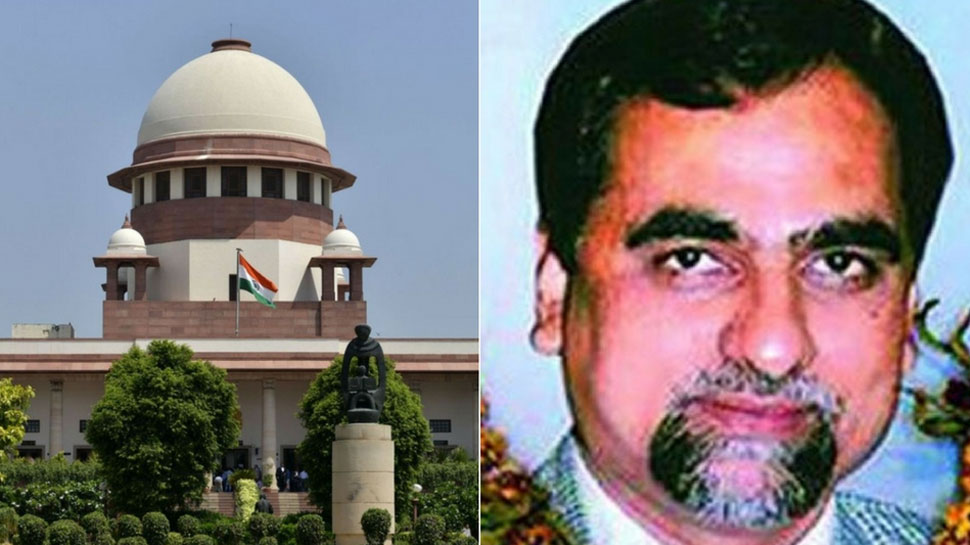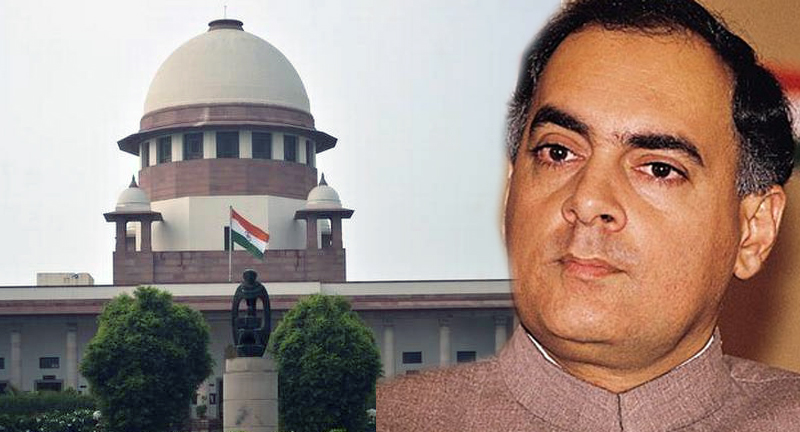Public Interest Litigation : An Instrument to safeguard public rights
By Himanshu Kumar
Table of Contents
Introduction
Public interest litigation is a legal mechanism that allows individuals or group to approach the court to address the issue that affect the public or community at large. It was originated and developed in U.S.A (1960). In India , PIL is a product of judicial activism and it comes under Article 39A of the constitution.
The pioneers of PIL in India was Justice V.R Krishna Iyer and Justice P.N Bhagwati and specifically Justice P.N Bhagwati considered as father of the PIL and who was the Chief Justice of India from (1985-1986). PIL can be also called as Social Action Litigation (SAL) , Social Interest Litigation (SIL) , Class Action Litigation(CAL).
Public Interest Litigation (PIL) is a powerful legal mechanism designed to uphold the interests of the public and promote social justice. Emerging as a significant legal phenomenon in many jurisdictions, PIL enables citizens to seek judicial redress for issues that affect not just their individual rights, but the rights and interests of the larger community.
Origin of Public Interest Litigation
The concept of PIL originated in the United States during the 1950s and 1960s, against the backdrop of the Civil Rights Movement and the struggle for social justice. Legal scholars and activists recognized the need for a legal framework that could address structural inequalities and ensure access to justice for disadvantaged communities.
One of the earliest manifestations of PIL in the U.S. was the landmark case of Brown v. Board of Education (1954), where the Supreme Court declared racial segregation in public schools unconstitutional, marking a significant victory for the Civil Rights Movement. This case exemplified the transformative potential of litigation in advancing social change and inspired similar efforts in other parts of the world.
Development of Public Interest Litigation
The evolution of PIL gained momentum in the latter half of the 20th century, spurred by global movements for democracy, human rights, and environmental protection. In India, PIL emerged as a distinct legal phenomenon in the 1980s, catalyzed by a series of judicial interventions aimed at addressing systemic injustices and promoting public welfare.
The Indian Supreme Court played a pivotal role in shaping the contours of PIL through a series of landmark judgments that expanded the scope of judicial activism and empowered citizens to seek redress for public grievances. The case of Hussainara Khatoon v. State of Bihar (1979) marked a watershed moment in the evolution of PIL in India, where the Supreme Court intervened to address the issue of prolonged detention of undertrial prisoners, leading to their release and the overhaul of the criminal justice system.
Subsequent cases, such as S.P. Gupta v. Union of India (1981) and PUDR v. Union of India (1982), further solidified the foundation of PIL by affirming the right of any citizen to approach the court for the enforcement of public interest. These judgments established PIL as a potent instrument for social justice, enabling courts to intervene in matters of public concern and hold government authorities accountable.
Characteristics of Public Interest Litigation
Following are the Characteristics:
Broad Standing
PIL allows any citizen or group acting in the public interest to initiate legal proceedings, thereby broadening access to justice and empowering marginalized communities.
Altruistic Intent
PIL is driven by a commitment to advancing public welfare and promoting the common good, rather than seeking personal gain or redress for individual grievances.
Judicial Activism
PIL often involves judicial activism, where courts actively intervene to address systemic issues and uphold constitutional values, sometimes even bypassing procedural technicalities to deliver justice.
Social Impact
PIL seeks to bring about systemic change and societal reform by addressing structural injustices, protecting fundamental rights, and promoting the welfare of marginalized or vulnerable groups.
Advantages of Public Interest Litigation
Following are the advantages:
Access to Justice
It expands access to justice by allowing individuals or groups, particularly marginalized or underprivileged communities, to approach the courts to address grievances that affect the broader public interest. This empowers citizens who may otherwise lack the resources or means to seek legal redress.
Protecting Fundamental Rights
It serves as a crucial mechanism for safeguarding fundamental rights enshrined in constitutions or international conventions. By enabling courts to intervene in cases of human rights violations, PIL ensures that individuals’ rights are upheld and protected against arbitrary actions by state authorities or powerful entities.
Addressing Systemic Injustices
It provides a platform to address systemic injustices and structural inequalities that affect society as a whole. By challenging discriminatory laws, policies, or practices, PIL promotes social equity and fosters inclusive development.
Environmental Protection
PIL plays a vital role in environmental conservation and sustainability by enabling citizens to hold governments and corporations accountable for actions that harm the environment. Through PIL, environmental activists can seek judicial intervention to halt destructive activities, enforce environmental regulations, and promote ecological preservation.
Consumer Rights
PIL is instrumental in protecting consumer rights and ensuring fair treatment in markets. By challenging unfair trade practices, product safety violations, or monopolistic behavior, PIL empowers consumers to seek remedies for harm caused by businesses or industries.
Promoting Good Governance
It acts as a check on executive and legislative power by holding government authorities accountable for their actions or inaction. By scrutinizing government policies, decisions, and administrative practices, PIL contributes to transparency, accountability, and the rule of law.
Social Welfare
It promotes social welfare by advocating for the rights and interests of marginalized or vulnerable groups, such as women, children, minorities, and persons with disabilities. Through PIL, social justice initiatives, such as poverty alleviation programs, healthcare reforms, and education policies, can be pursued to benefit the broader society.
Institutional Reform
It drives institutional reform by exposing systemic failures or deficiencies in governance structures, legal frameworks, or public services. By issuing directives or guidelines, courts can compel authorities to enact reforms aimed at improving the efficiency, effectiveness, and responsiveness of institutions.
Preventing Abuse of Power
PIL serves as a deterrent against the abuse of power by state actors, private entities, or influential individuals. By subjecting government actions to judicial scrutiny, PIL discourages arbitrary exercise of authority and promotes adherence to constitutional principles and the rule of law.
Empowering Civil Society
It strengthens civil society by providing a legal avenue for advocacy, activism, and civic engagement. By partnering with lawyers or NGOs, grassroots movements can leverage PIL to amplify their voices, mobilize public support, and effects meaningful change in society.
Disadvantages of Public Interest Litigation
Following are the disadvantages:
Judicial Overreach
It can sometimes lead to judicial overreach, where courts encroach upon the domain of the executive and legislative branches of government. This may undermine the principle of separation of powers and disrupt the balance of powers envisioned in democratic systems.
Delay in Justice
PIL cases often involve complex issues and multiple stakeholders, leading to prolonged legal proceedings and delays in delivering justice. Lengthy court processes can exacerbate the suffering of affected individuals or communities, particularly those in urgent need of relief.
Forum Shopping
It may encourage forum shopping, where litigants strategically choose courts or jurisdictions perceived to be sympathetic to their cause. This can lead to inconsistent rulings and undermine the integrity and impartiality of the judicial system.
Burden on Courts
The influx of PIL cases places a burden on the judicial system, diverting resources and attention away from other pressing matters. Overloaded courts may struggle to prioritize PIL cases effectively, resulting in backlogs and administrative challenges.
Resource Intensive
PIL litigation can be resource-intensive, requiring significant time, expertise, and financial resources to pursue. This may deter individuals or groups with limited means from initiating PIL cases, limiting access to justice for marginalized or underprivileged communities.
Undermining Executive Authority
Excessive judicial intervention through PIL may undermine the authority and autonomy of the executive branch of government. This can hinder effective governance and policy making, as elected officials may feel constrained by judicial oversight.
Erosion of Public Confidence
Public interest litigation that is perceived as frivolous or politically motivated may erode public confidence in the judiciary. Skepticism towards PIL outcomes can weaken trust in the legal system and undermine its legitimacy as a forum for resolving societal disputes.
Manipulation by Special Interests
PIL cases may be susceptible to manipulation by special interests or vested groups seeking to advance their own agendas. This can distort the objectives of PIL, diverting attention away from genuine public interest concerns and undermining the credibility of the litigation process.
Limited Enforcement Mechanisms
Even if courts issue favorable judgments in PIL cases, the enforcement of directives or orders may be challenging, particularly in cases involving government compliance or institutional reform. Weak enforcement mechanisms can undermine the effectiveness of PIL in achieving meaningful outcomes.
Potential for Judicial Activism
PIL may open the door to judicial activism, where courts exceed their constitutional mandate and engage in policymaking or legislative functions. While activism can catalyze social change, unchecked judicial intervention may blur the boundaries of judicial authority and raise concerns about democratic accountability.
Case Law
This case addressed the issue of sexual harassment at the workplace and led to the formulation of guidelines known as the Vishaka Guidelines, which laid down the framework for preventing and redressing instances of sexual harassment at workplaces.
In this case, the Supreme Court of India intervened to address environmental pollution, particularly in the context of industries causing air and water pollution. The court’s directives led to the closure of polluting industries and the implementation of stringent environmental regulations.
Bandhua Mukti Morcha v. Union of India
This case highlighted the issue of bonded labor in India. The Supreme Court, invoking PIL, directed the government to take concrete steps to eradicate bonded labor and rehabilitate the affected individuals.
Sheela Barse v. Union of India
This case focused on the rights of female prisoners and highlighted the deplorable conditions prevailing in women’s prisons. The court’s intervention led to significant improvements in the treatment and rehabilitation of female prisoners.
Amendments and Evolution
The evolution of PIL has been marked by legislative amendments and judicial pronouncements aimed at strengthening its efficacy and ensuring greater access to justice. Some significant developments include:
Liberalization of Standing: Courts have adopted a liberal approach towards the locus standi requirement, allowing individuals and organizations with a genuine concern for public interest to initiate PILs, even in the absence of a direct personal interest.
Procedural Simplification: In order to expedite the resolution of PILs, courts have streamlined procedural requirements, allowing for quicker disposal of cases without compromising on the principles of natural justice.
Specialized Benches: In some jurisdictions, specialized benches or tribunals have been established to deal exclusively with PILs, thereby ensuring focused attention and expertise in matters of public interest.
Public Participation: There has been a growing emphasis on promoting public participation in PILs, with courts encouraging the involvement of affected communities and civil society organizations in the litigation process.
Conclusion
Public Interest Litigation occupies a central place in the realm of legal activism, empowering citizens to hold authorities accountable, protect fundamental rights, and promote the common good. By transcending the narrow confines of traditional litigation and embracing a broader vision of justice, PIL has emerged as a potent instrument for social change and transformation. As we navigate the complex challenges of the modern world, PIL continues to serve as a beacon of hope, guiding us towards a more just, equitable, and inclusive society.
It has evolved as a powerful tool for justice and social change, transcending national boundaries and inspiring legal reform efforts around the world. From its origins in the Civil Rights Movement to its expansion in the global arena, PIL continues to serve as a catalyst for progress, empowering citizens to uphold the principles of democracy, human rights, and the rule of law. As we navigate the complex challenges of the 21st century, PIL remains an indispensable instrument for advancing social justice and promoting the common good.
Disclaimer:
The information provided in the article is for general informational purposes only, and is not intended to constitute legal advice or to be relied upon as a substitute for legal advice. Furthermore, any information contained in the article is not guaranteed to be current, complete or accurate. If you require legal advice or representation, you should contact an attorney or law firm directly. We are not responsible for any damages resulting from any reliance on the content of this website.








